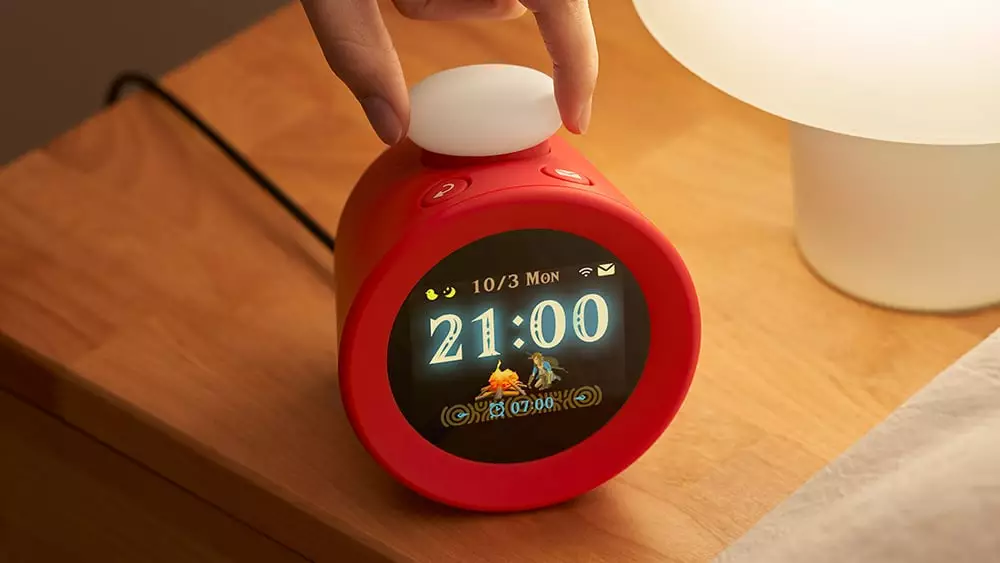Joy-Con drift has plagued Nintendo Switch users since the console’s release in 2017, sparking frustration among gamers and leading to widespread discussions about the quality of controller technology. The problem arises when the joystick inaccurately registers movement, often causing unintended actions within games. This issue has not only tarnished Nintendo’s reputation but has also spurred consumer demand for a more dependable gaming experience. However, recent advancements in technology may signal an end to this ongoing frustration.
Innovative Solutions from Unexpected Places
In an encouraging turn of events, a recent teardown analysis conducted by iFixit of Nintendo’s latest product, the Alarmo sound clock, unveiled the incorporation of Hall effect sensors. These sensors operate on a fundamentally different principle than traditional potentiometers used in earlier controllers. By leveraging a magnet’s influence, Hall effect sensors can provide more reliable input readings and, importantly, diminish the susceptibility to wear and tear over time. This revelation raises hopes that Nintendo is committing to improving their overall manufacturing quality, particularly in the realm of gaming peripherals.
Hall Effect Sensors: A Game Changer for Future Consoles
The introduction of Hall effect sensors in a non-gaming product like Alarmo suggests a significant pivot in Nintendo’s approach to controller design. As The Verge rightly notes, if these sensors can maintain their accuracy for long periods, this could revolutionize not only their peripheral offerings but also set the stage for the next generation of gaming consoles. Speculation abounds that this technology could be adapted for the Joy-Con successors, effectively eliminating stick drift and enhancing gameplay reliability.
The potential for mouse-like capabilities within the new Joy-Con controllers is equally exciting. With optical sensors on board, users may find navigating through menus or engaging in gameplay more fluid and efficient than ever before. This advancement could attract both traditional gamers and newcomers alike, fostering a more inviting gaming environment.
Nintendo’s Forward-Looking Approach
The recent revelations illustrate a notable shift in Nintendo’s strategy, one that places greater emphasis on consumer feedback and the technological demands of the modern gaming landscape. By actively incorporating feedback loops and technologically advanced components into their design process, Nintendo is signaling its readiness to confront criticism head-on. This measured approach not only positions them well against competitors but also reinforces the brand’s dedication to providing a quality gaming experience.
As we await more information on the next-generation Switch and potential changes in its controller design, the inclusion of Hall effect sensors and other innovations like magnetic connections indicate an exciting new direction for Nintendo. With advances like these, gamers can look forward to more reliable hardware, better gameplay experiences, and—hopefully—an end to the frustrating issue of Joy-Con drift. The era of joyful gaming may be closer than we think, making it an exhilarating time to be part of the gaming community.


Leave a Reply